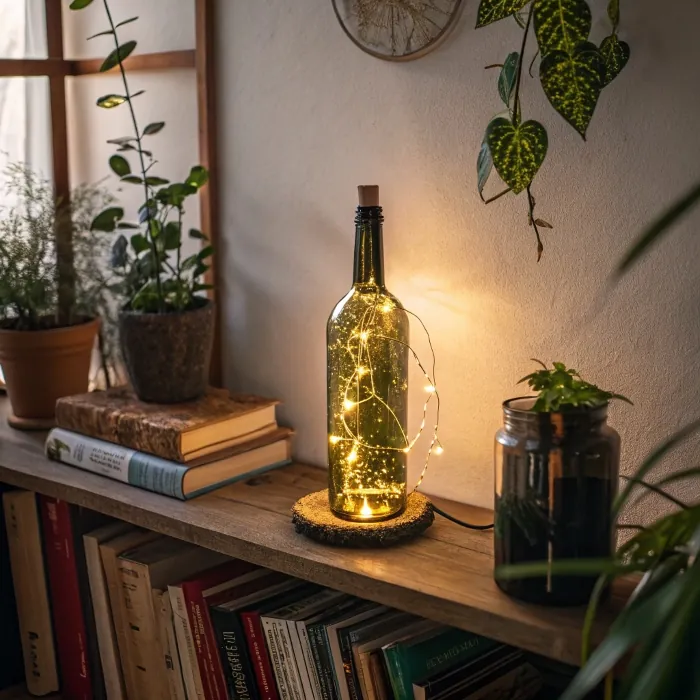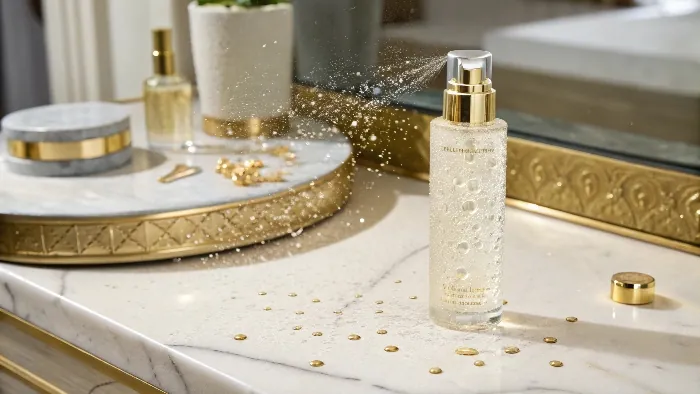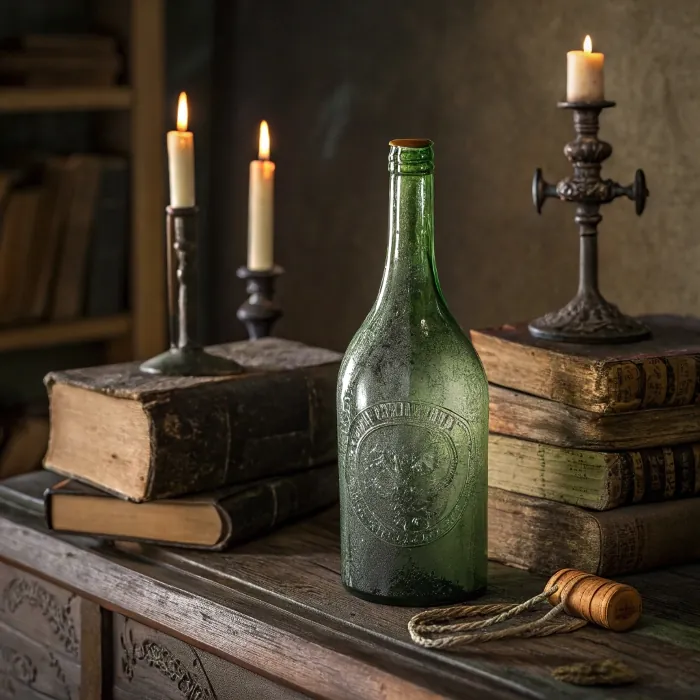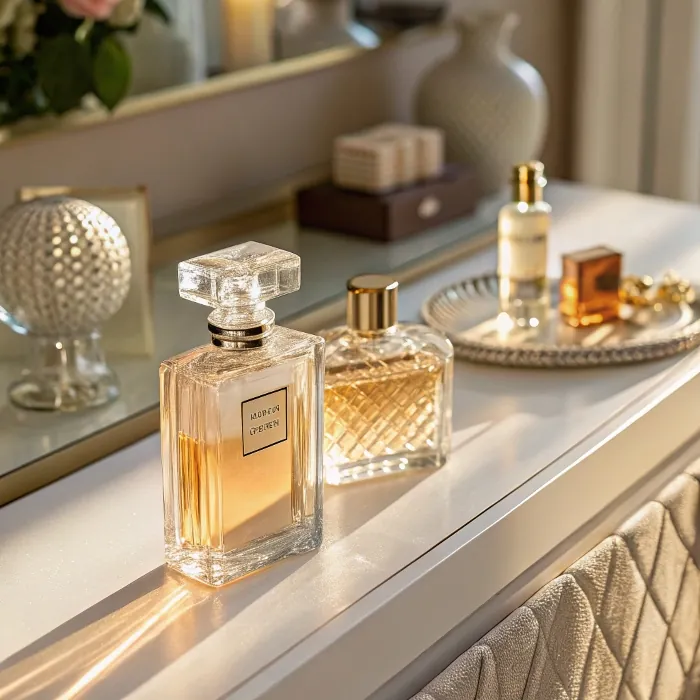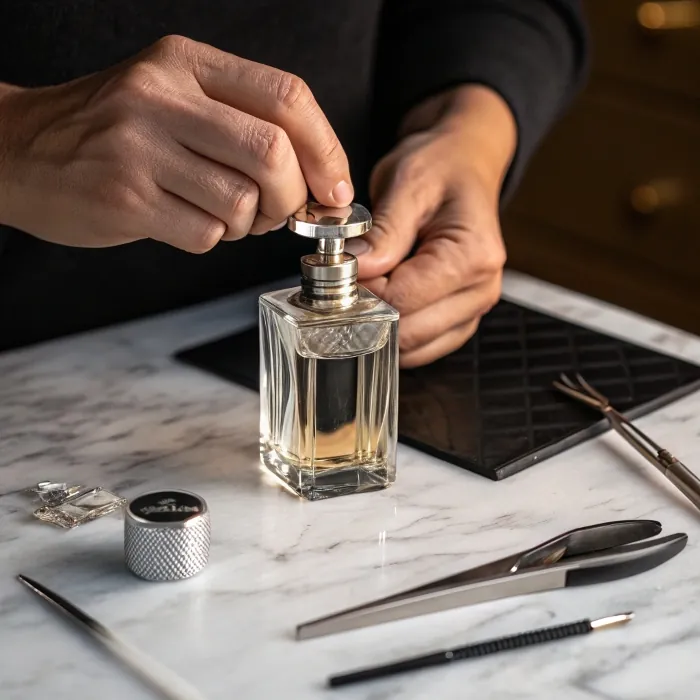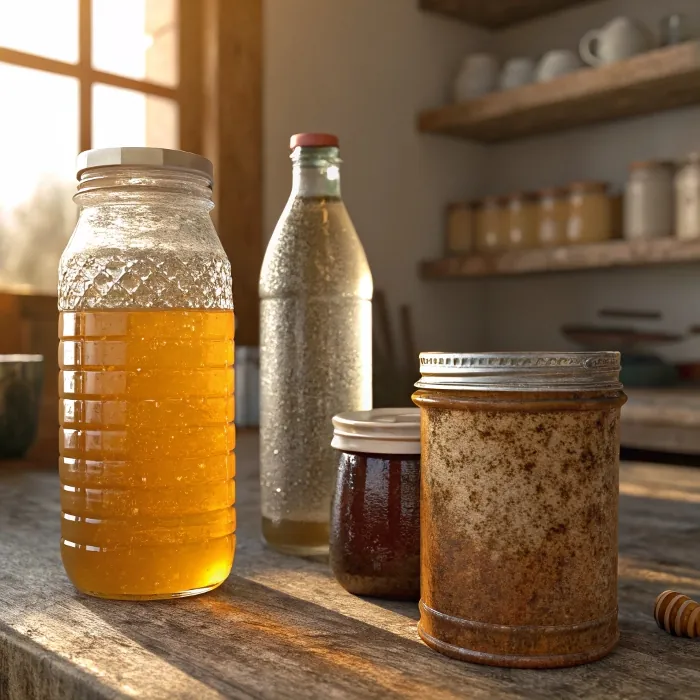
Honey might never spoil, but the wrong jar can ruin its taste or texture. How do you pick the best container?
Glass honey jars are widely considered the best for preserving honey’s purity, taste, and texture over time.
Not all jars are created equal. Choosing the right material means protecting honey from air, moisture, and chemical changes. Let’s see why glass wins over plastic and metal.
Why is glass better than plastic or metal jars?
Honey is a natural treasure, so why store it in something that could spoil its purity?
Glass is non-reactive, odor-free, and doesn’t leach chemicals—unlike plastic or metal, which may affect honey's quality.
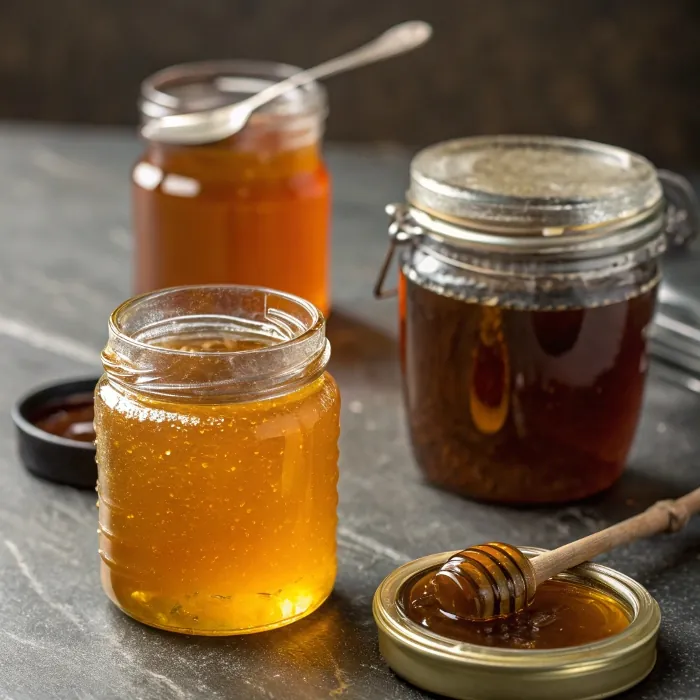
I’ve worked with producers who used plastic jars for years. Most switched to glass after noticing a change in honey’s color and aroma over time. Unlike plastic, glass doesn’t absorb flavors or release any compounds. Plastic may contain BPA or degrade under heat. Metal, unless coated well, can react with honey’s acidity, altering taste and sometimes causing rust.
Material Comparison Chart
| Material | Benefits | Risks |
|---|---|---|
| Glass | Safe, durable, non-reactive | Heavier, breakable |
| Plastic | Lightweight, cheap | May leach chemicals, absorbs odors |
| Metal (uncoated) | Durable | May rust or react with honey |
Glass also withstands temperature changes better. If you warm crystallized honey in hot water, plastic may warp or release toxins, while glass remains stable.
Does glass preserve honey flavor and freshness longer?
No one wants honey that smells stale or tastes metallic. The container makes all the difference.
Glass jars seal tightly and protect honey from air, moisture, and odors, helping retain flavor and texture longer.
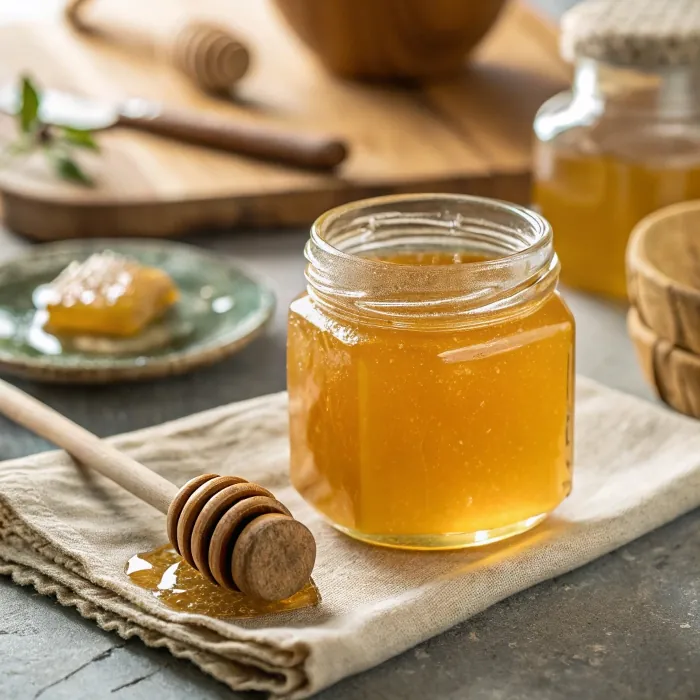
Honey naturally resists spoilage due to its low water content and acidity. But once exposed to moisture or strong smells, it starts changing. That’s where glass jars help. They keep air out better than most plastic lids, and the inert nature of glass means no taste migration.
I’ve stored the same raw honey in both plastic and glass for testing. After six months, the plastic jar had a slightly sour aroma and less vibrant taste. The honey in glass? Still golden, smooth, and aromatic.
Air-tight glass jars also help protect against fermentation. If even a little water enters a honey jar, fermentation may start. With a strong seal, that risk is much lower.
What size and lid type suit honey storage best?
A great jar is more than just the material. The size and lid type affect usability, storage life, and even customer appeal.
Smaller glass jars with air-tight lids are ideal for preserving honey quality and avoiding waste.
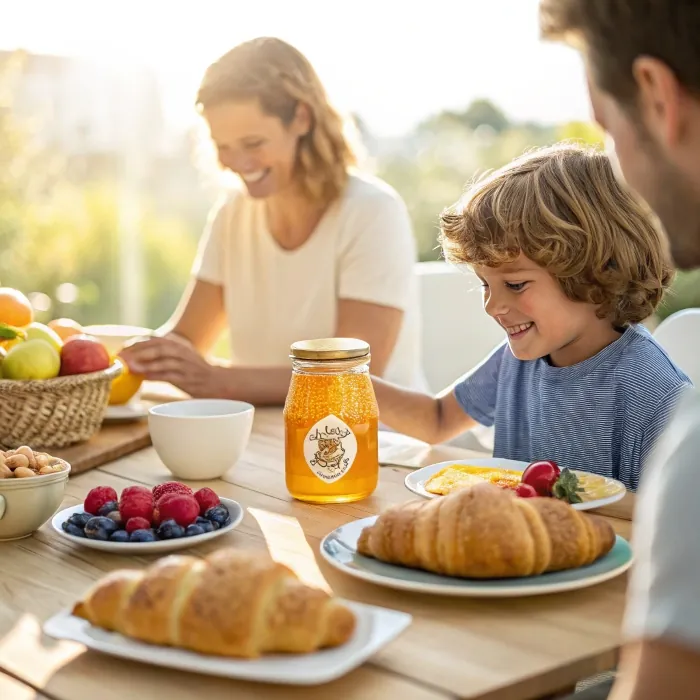
Choosing the right size depends on how fast you use or sell your honey. For home use, 250 ml or 500 ml jars strike a good balance. Commercial sellers often go for 50 ml jars for samples or 1-liter jars for bulk buyers.
Popular Sizes and Lid Options
| Size | Use Case | Lid Type | Notes |
|---|---|---|---|
| 50 ml | Samples or gifts | Twist-off | Easy to seal, attractive |
| 250 ml | Daily use | Lug cap | Good for families |
| 500 ml | Bulk storage | Screw top | Airtight, long-term use |
| 1 L | Commercial packaging | Metal cap | Requires careful sealing |
Lids should always have a rubber or silicone liner to create a proper seal. This helps keep out air and moisture, especially if stored in humid environments. I’ve seen customers return jars where honey fermented just because the lid was loose.
Some honey producers also use wooden dippers attached to jar lids. They look charming and add functional value, especially for boutique branding.
Can glass jars prevent honey crystallization or moisture issues?
Many people worry when their honey turns cloudy or grainy. But that’s natural—and jar material still plays a role.
Glass jars can slow crystallization and block moisture better than plastic, helping honey stay smooth longer.
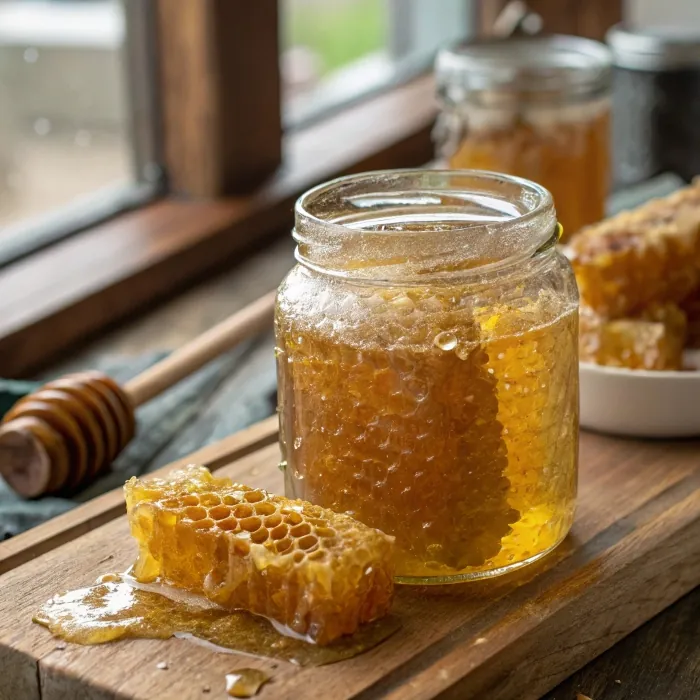
Crystallization is not spoilage. It happens when glucose separates from water and forms crystals. Temperature and container choice influence the speed. Glass jars with tight seals reduce air and moisture exchange, which slows crystallization.
I always recommend storing honey below 20°C but not in the fridge. A glass jar protects it from temperature swings better than thin plastic. Moisture is another issue—exposure can dilute honey, making it ferment. A good lid on a glass jar prevents this.
Some producers try to prevent crystallization by ultra-filtration or heating. But these steps reduce honey’s natural health benefits. Instead, I promote slow-set honey stored in thick glass jars. It keeps its raw nutrients while still staying pleasant to use.
Storage Tips for Crystallization Control
- Use thick-walled glass jars with air-tight lids.
- Store at 15–20°C in a dry place.
- Avoid opening the jar often if it’s humid outside.
- Warm gently in warm water (not microwave) to reverse crystals.
Glass lets consumers see the honey's texture and purity, adding trust—especially important for businesses selling raw or organic honey.
Conclusion
Glass honey jars outperform plastic and metal in protecting flavor, preventing moisture, and supporting long-term storage. They’re the best choice for preserving honey’s natural quality.

